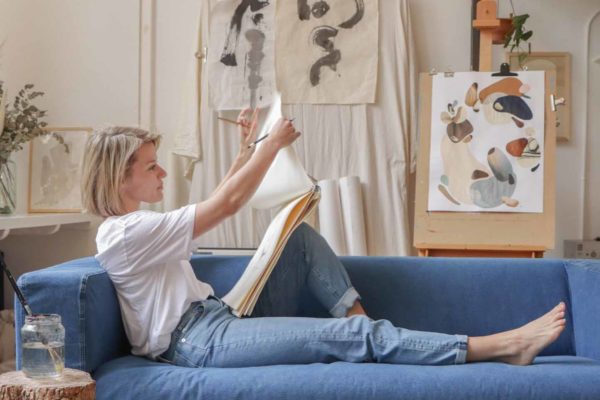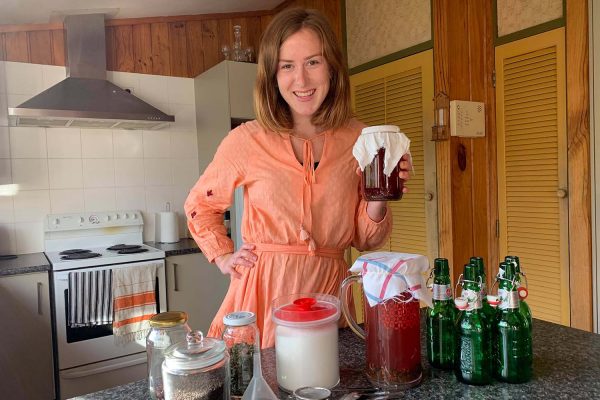In 2016, I realized that for someone who has the privilege to purchase ‘sustainably’ and has been talking about the impacts of fast fashion, environmental degradation, and overconsumption for the better part of 10 years, I hadn’t made any radical shifts in my own buying habits.
Determined to change that I made 2017 my year of #NoNewClothes.
Here’s what I learned along the way.
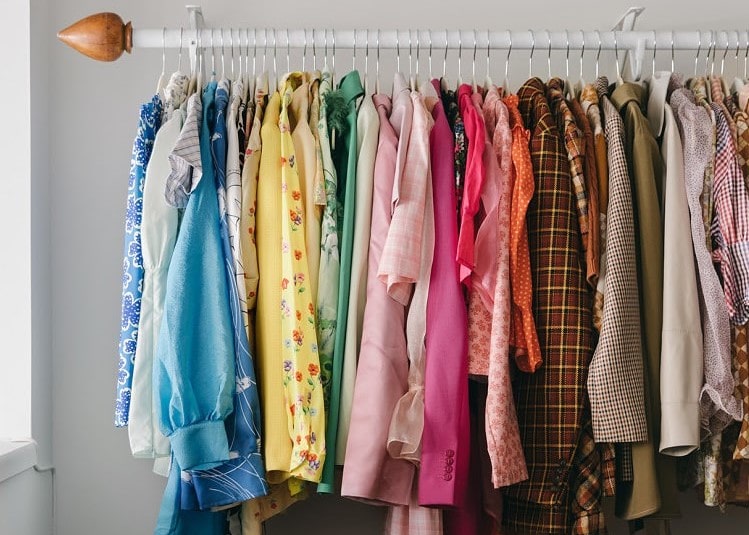
There will be break-ups
Now don’t get me wrong, there were some memorable break-ups even before my year of #nonewclothes.
At 23, I banned Victoria’s Secret 5 for $25 panties…baby steps. At 25, I made a concerted effort to relinquish myself from Forever21, a poster child for fast fashion (in-full transparency, my all time favorite swimsuit is from F21. I bought it two years after the ‘break-up’ and right before a trip).
Mostly, I made slight tweaks like these throughout the years, gradually shifting my fashion dollars from the likes of Old Navy, Gap, H&M, and Zara to what I thought at the time, were more conscious retailers, Madewell, Everlane, and Anthropologie (I’ll need another whole post to talk about why they are not).
My efforts to have a greater social and environmental impact with my purchases, up until now, had been mild at best.
My desire for new, fresh, and quick always seemed to outmuscle my deep knowledge of the immense water pollution caused by garment manufacturing and the Rana Plaza catastrophe where 1,134 people died as a direct result of our quest for cheap clothes and the industry’s rampant unsafe and unethical labor practices.
Simmering in my own angst and inspired by Ayesha Barenblat, the founder of Remake, who I heard speak at MCON earlier that year on cultivating a conscious consumer movement, I knew 2017 would be my year of #nonewclothes.
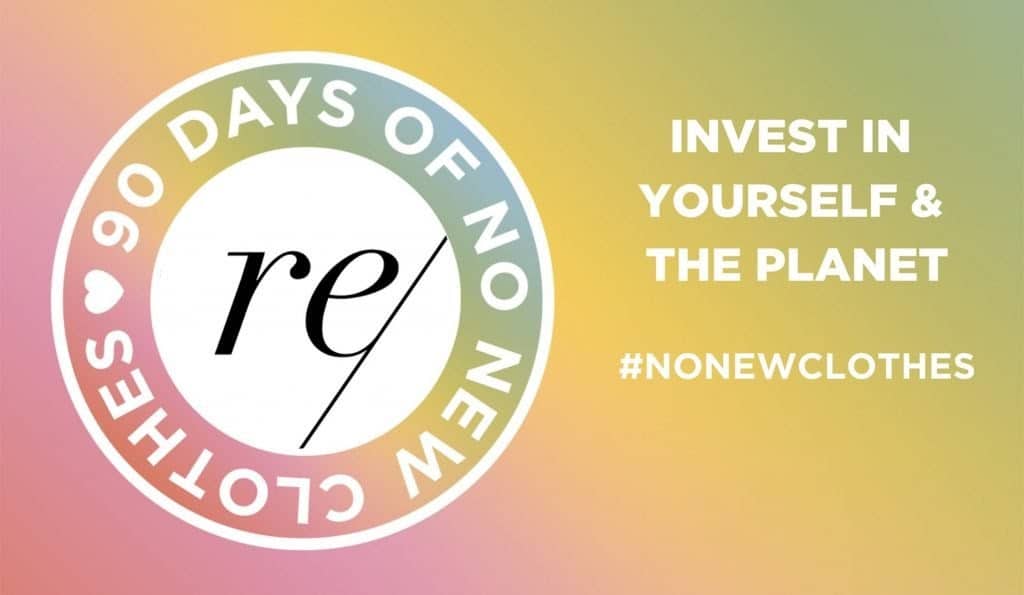
Take a good look inside your closet
Beyond buying #nonewclothes, I also wanted to:
- Better understand my desire for new, fresh looks. (i.e. What drove my desire to buy? When did my urge to buy new clothes most often pop up? What was I most drawn to buying?)
- Build patience back into my quest for fashion
- Get to know my closet again
I was turning 30 that year and when I looked in my closet I only saw remnants of years past, going out tops from nights now way beyond my bedtime, a smattering of bright patterned anything, and mounds of high-waisted pants staring back at me.
Ready to rediscover my fashion voice, impact and style, I dove in.
Set the ground rules
First things first. Every good challenge needs boundaries, so I defined what #nonewclothes meant to me: (1) no new apparel, jewelry or shoes (second hand and consignment were open for business); (2) if I did give in and purchase a new item (because I am not a perfect creature) I was to note why I bought the item, when I bought it and from whom; (3) gifts definitely didn’t count.
You can’t control what other people buy you. However, if someone is looking to gift you an item, sustainable gifting is highly encouraged.
Next, it was time to say goodbye.
I was never going to make it through the year receiving weekly emails with constant sales promotions from Madewell, Refinery29, ModCloth, and TopShop. Unsubscribing was a must.
Finally, resist. For me, the first half of the year was the hardest.
Post-new year mega markdown ads were trolling me, I had four weddings in five months and I “just needed” that new summer look, right?! Plus, January through March was usually when I bought most of my clothes for the year.
My year of not purchasing any new clothes wasn’t perfect, but it was impactful.
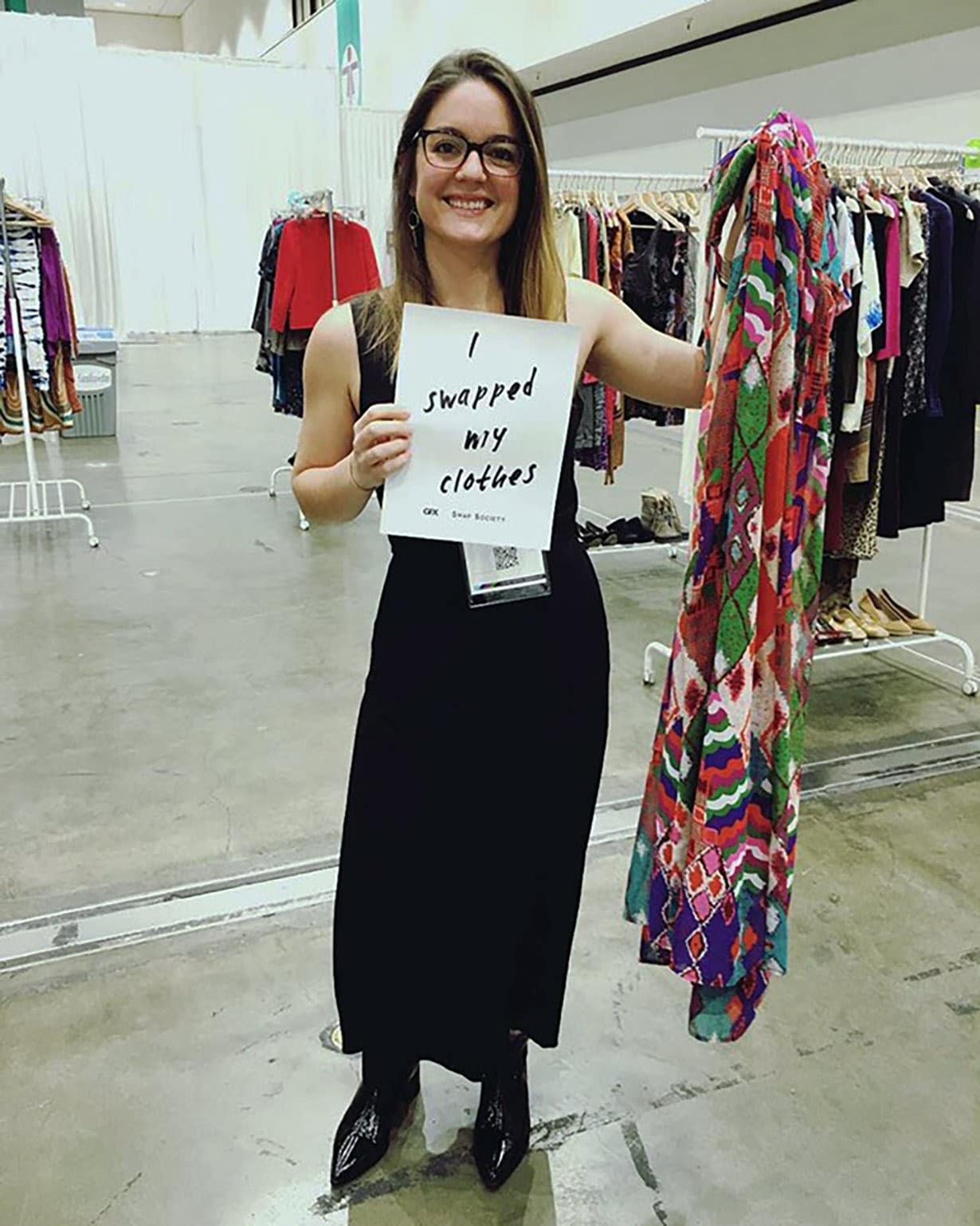
Forgive yourself
Naturally, I had setbacks throughout my first year of no new clothes.
Three runs into 2017 and my knees demanded a new pair of running shoes, so I bought a pair of Nikes. After working with Soko, an amazing ethical jewellery brand, I couldn’t help but nab two new pieces from them and a pair of earrings from one of their partners before my work wrapped in May.
In early August, I just gave in.
With no time to search for second-hand items or swap with my sister (she lives 2–3 business shipping days away and played a key role in me making it through my #nonewclothes year), I did a quick search on Amazon and with one click bought a $20 swimsuit that would arrive the next day. In that moment, while I knew I had “technically” failed my challenge, I also learned something about myself as a consumer.
My excitement for travelling was a very strong driver for shopping — it was as if travelling somewhere new validated purchasing something new.
After August, I stuck to my guns minus one last misstep.
It was December and I was entering Outdoor Voices for the first time under the guise of shopping for my sister’s Christmas present. Caught up in the fun of trying on matching OV Kits with a friend, I spaced out and bought a pair of track pants.
It wasn’t until I got home while showing off my new digs to my boyfriend that I realized, “Oh yeah, I wasn’t supposed to buy this…remember #nonewclothes Sam?!”
Harness the power of patience and reflection
Going a year without buying new clothes, or trying my best not to, wasn’t only about resisting and noting my lapses. It was also about discovering alternatives:
1) TheRealReal, a luxury consignment retailer, is my new favorite place to browse and lock down classics (e.g. leather jackets, dresses for weddings, and work attire).
2) Clothing swaps are now a yearly staple at my school and amongst my friends.
3) I have a long list of impact-conscious (or socially and environmentally conscious) brands I’m excited to explore in 2018.
By giving myself the time and space to rediscover my closet, I learned what still worked, which clothes I wanted to keep but needed repair, which items were better off with someone else, and which key classics were still missing.
A year might not be the right time frame for you, but if you made it to the end of this article, I challenge you to try #nonewclothes. Whether it’s a year, a season, or a month, use the time to rediscover your closet, your drivers for buying and gift yourself the space to develop your own unique purpose for purchasing. And remember, there is great power in the choices we make with our wallet.
